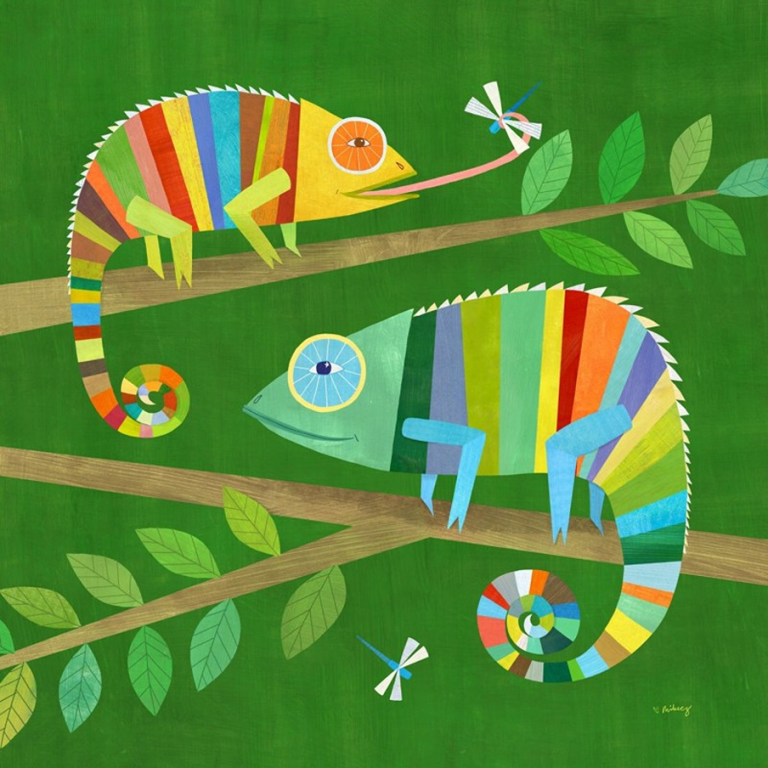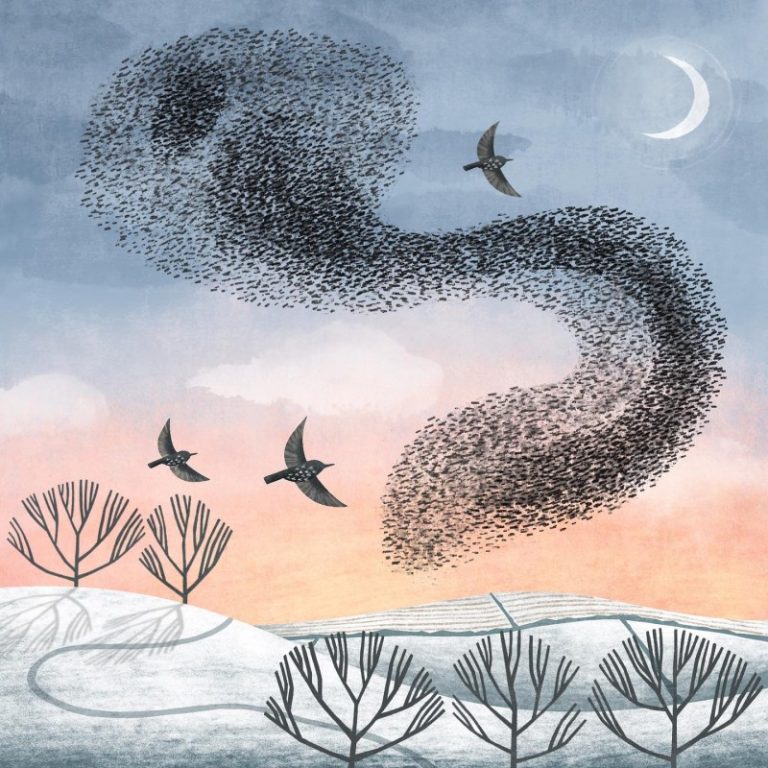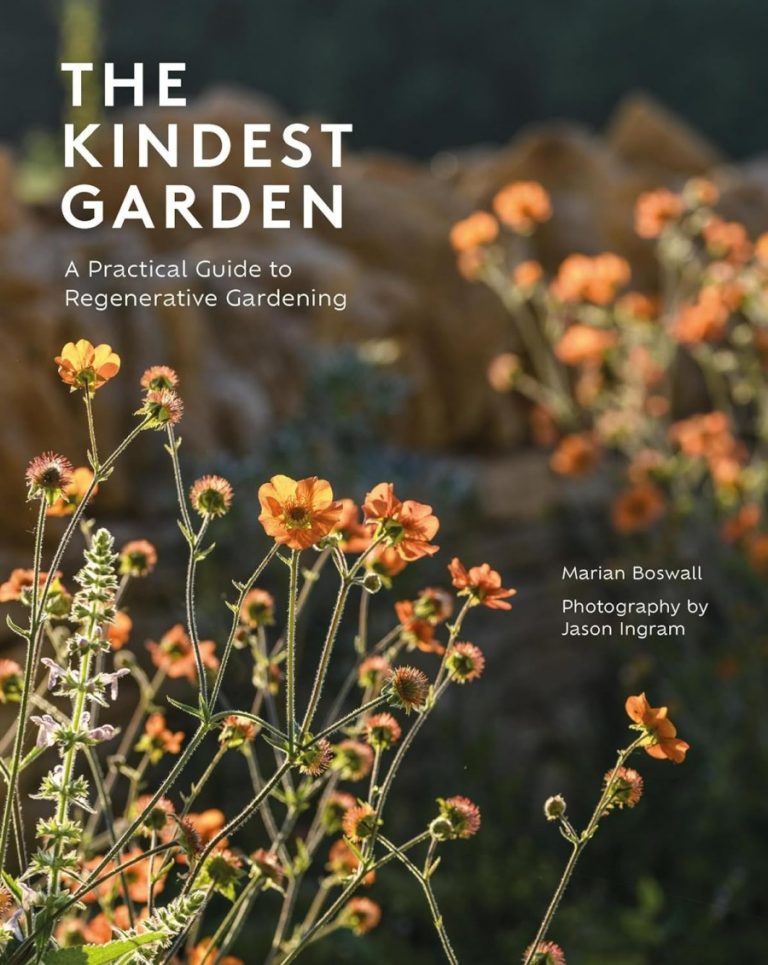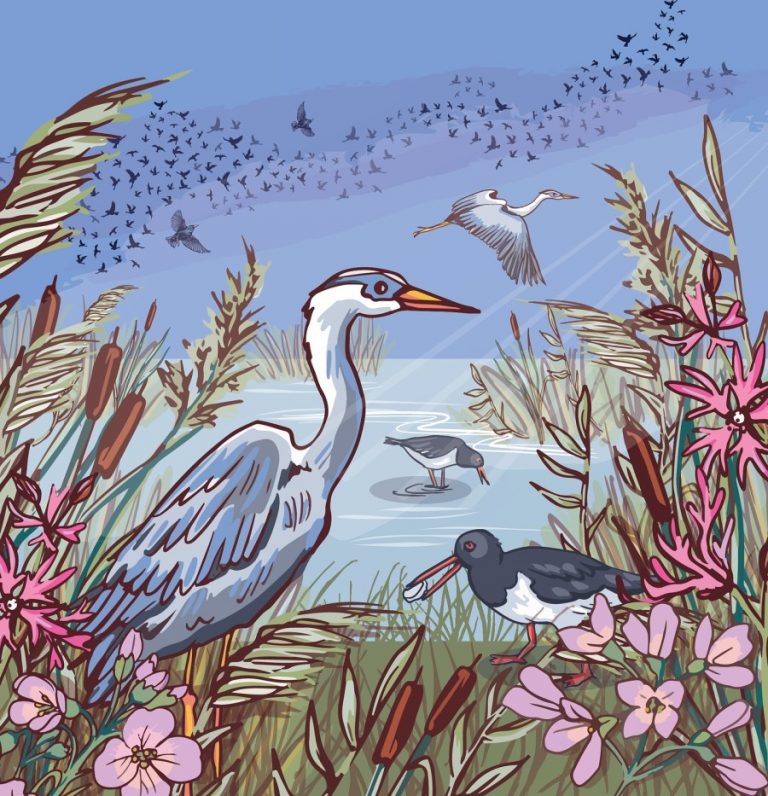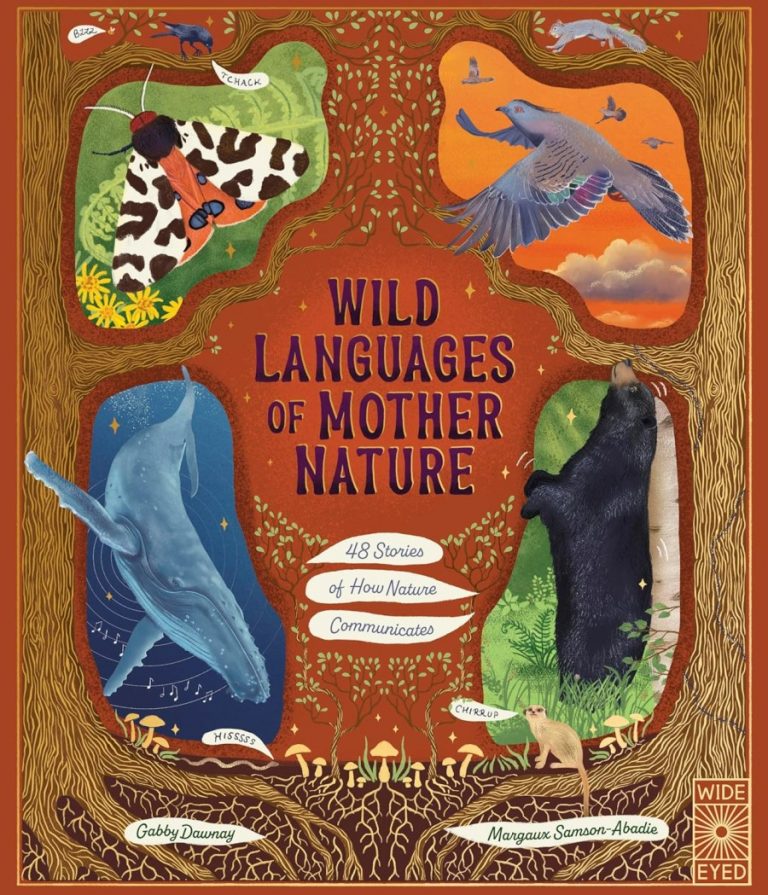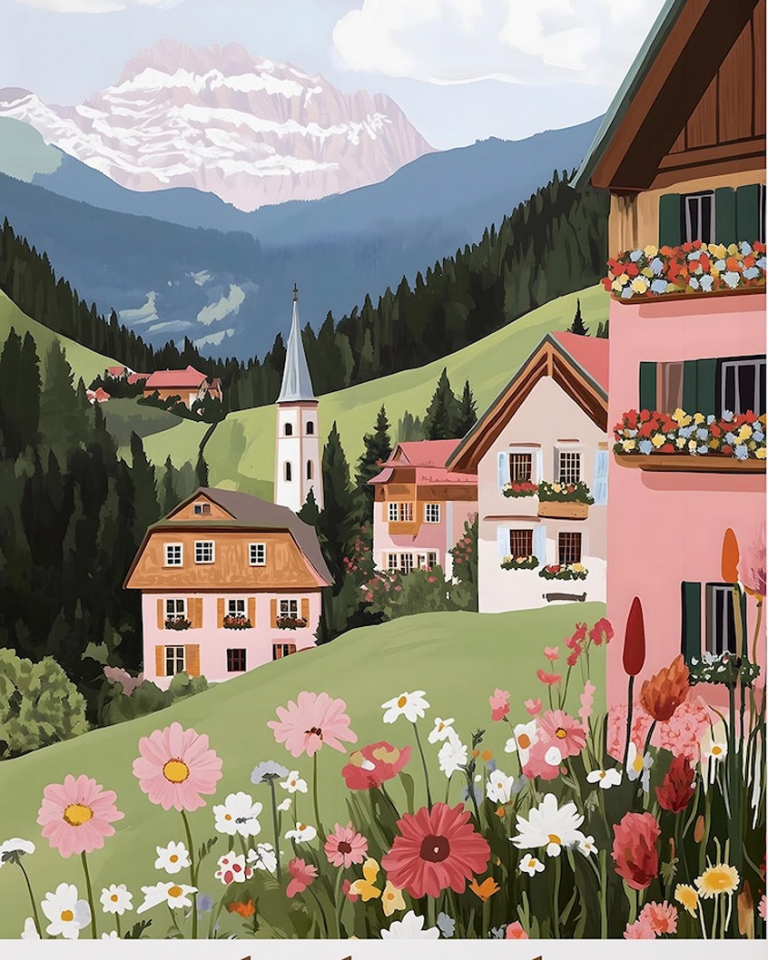
You may consider England’s pavements as just slabs of concrete. But in fact most hide wild plants that have made these areas their home, and provide important food for pollinators.
Pavement plants don’t just survive, but often thrive in these busy corners of towns and cities, and even on urban wasteland. Adding surprising colour to your daily walk. Let’s look at some of England’s tough pavement plants, growing right under your feet!
Read our post on pet-friendly gardens and wildlife-friendly gardens to know urban plants to avoid, near animal friends.
Never forage nettles with ‘little alligators’, these are baby ladybirds! Wait a few weeks, until they have grown and flown!
One of our most common wildflower meadow plants is the humble dandelion. It was never considered a weed until the advent of pesticides etc. It thrives in disturbed soil, this is why you often find it in paving cracks and on building sites etc.
As one of the first spring-flowering meadow plants, dandelions provide essential pollination for bees and butterflies, in earlier months. Their deep taproots break up compacted soil and draw in nutrients.
If you can, leave dandelions where they are, as they are loved by pollinators, and do no harm. If you wish to remove them on lawns, just deadhead the fading flowers.
One single flowerhead has over 100 flowers, that can become 100 seeds that detach and disperse in the wind. Or use a manual tool to remove the taproot (never use pesticides or chemicals).
Wall Lettuce (the ‘dainty dandelion’)
This plant has thinner leaves and smaller flowers than dandelions, often found in shaded alleyways and along neglected pavements. It will grow very tall, if untouched.
Herb Robert (the ‘little geranium’)
Ever heard of Herb Robert? This delicate pink flower with fine leaves, often turns red in winter, adding more colour to city streets. It’s a ‘little geranium’ that’s common along walls, and in damp shady pavements.
This does spread quickly, so again use a hoe or manual weeding tool, if you wish to avoid it taking over your local area.
Buddleia (the ‘butterfly bush’)
Loved by our butterfly friends, Buddleia pops up in the most urban of areas, from railway viaducts to busy streets. The tall woody stems and purple flower spikes, makes it easy to spot. Bees love this flower too, so it’s important to protect, to help our pollinators.
This is easy to grow in most soils. In pink, red, purple or white, it blooms through summer and is pruned in spring.
Plantain (not the savoury banana!)
This is a low broad-leaved plant that often has tough seed heads that stick up like ‘little matchsticks’. Often found in pavement cracks, the flat leaves cope well with being walked on. Just as well!
This is the plant where the seeds stick to your shoes (and pet paws), so it spreads easily throughout urban areas.
Greater plantain is (as the name suggests) larger and broader, with the ribbed leaves resembling rosettes. These long flowers stand tall, even in poor quality soil. Children often play games with this plant, seeing who can pull the elastic fibres the longest.
Ivy-leaved Toadflax (looks like snapdragons)
This delicate plant often grows as the base of pavements, the pale lilac and yellow flowers (which look like snapdragons) often seen flowing over old brick walls.
The creeping stems and small leaves, help it to hang on, in tight spots. This plant was introduced to England as a garden plant, first recorded in 1640.
Shepherd’s Purse (releases ‘copper coins!’)
This plant gets its lovely name from the little heart-shaped seed pods it produces. The small white flowers are very hard to spot, but the seed pods on kerbsides and in playgrounds are easier to see. When the seed pods break open, the copper seeds resemble coins!
Again, this is a hardy plant, that copes well with being tramped on by feet! It’s officially a ‘weed’. But as Winnie-the-Pooh noted ‘Weeds are flowers too, once you get to know them!’
Annual Meadow Grass (with spiky flowers)
Meadow grass is bright green, and often shoots up through tiny pavement cracks. It’s very common, and can survive in urban areas, where few other plants can.
This plant has a deep root, from which all the shoots grow. The blunt blades have triangular flower-heads that have spiky yellow-green flowers.
Creeping Cinquefoil (food for caterpillars)
This bright yellow flower has five petals and trailing stems, and is very easy to spot. It is very easy to grow and spread, often found in pavement cracks and amid gravel. It’s often used on wildflower lawns.
The leaves of this plant are good food for caterpillars, which turn into grizzled skipper butterflies (with brown-and-white checks, this fast-flyer can sometimes be found near railway lines and even landfills) and yellow shell moths (whose wings resemble sea shells).
Books to Learn More on Urban Plants

Urban Plants is an intriguing look at Britain and Ireland’s urban plants, which make up the built environment on walls, pavements, lawns, parks, playing fields, verges and waste ground. These species find ways to endure in often harsh habitats.
A leading botanist tells the story of urban flowers, ferns and conifers: how they arrived, and how they survive. And a few species that seized the opportunity to become ‘masters of the streets’.
Learn how our villages, towns and cities have changed over time – from Roman Britain to reconstruction after World War II, which resulted in the geographical variations that exist today.
From London rocket at the Tower of London to the newly evolved York groundsel recently discovered in a railway station car park.
The author also looks at the future of urban plants, and the potential impacts of invasive species, herbicides and climate change. As well as the concept of urban rewilding.
The book includes 350 colour photos, plus maps and diagrams. And text boxes to explore key species and habitats: from pavements and walls to derelict land, street trees and ‘grassy bits’.
Trevor Dines is a farmer’s son from Hampshire, who has mapped ever native and naturalised plant in the British Isles. A campaigner for better management of road verges and the creation of wildflower meadows.
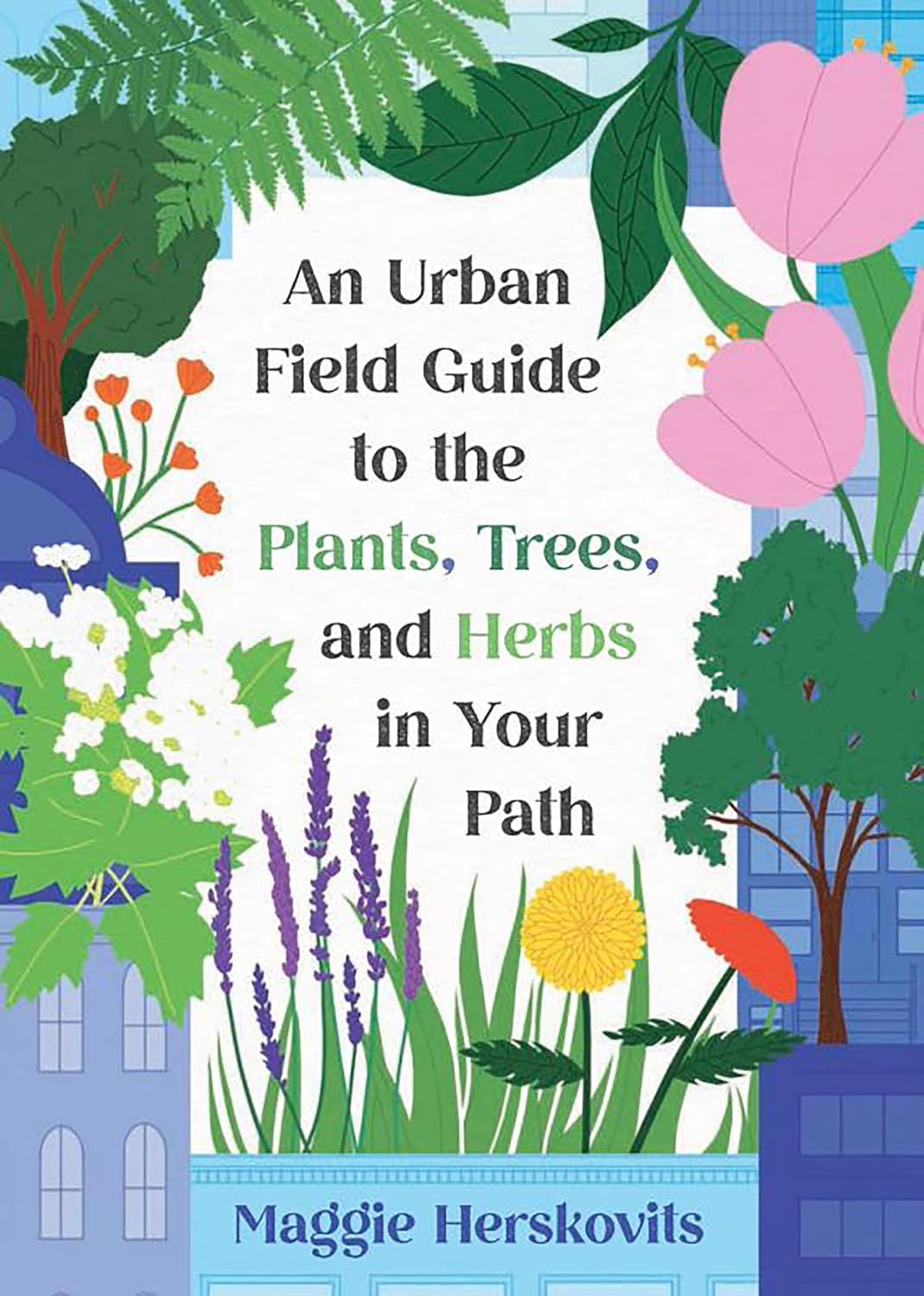
An Urban Field Guide to Plants in Your Path takes you like a friend to point out plants (this is book is American, but it’s still interesting and charming).
Find out botanical information about common plants, to learn to identify them in all seasons. And learn each plant’s backstory!

